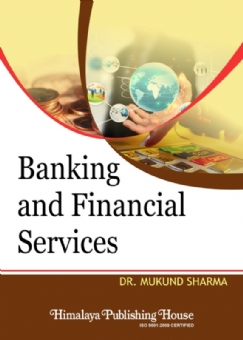The study of banking is receiving an increasing attention in recent times at the hands of academicians necessitating its inclusion in the curriculum of Commerce and Management Programmers of many universities. In this context, the Andhra Pradesh University has taken the lead by completely revising and revamping the syllabi for ‘Banking Theory and Practice’ for the Commerce stream incorporating therein many skill development programmers so as to develop the overall personality of learners in these fields.
A vibrant banking system coupled with systematic, established and legal practices pave way for the sustained financial stability and sound economic progress of a nation. Indeed, the Indian banking has ushered in a new dawn of progress on the Indian horizon and it has become the lifeline of the nation and the people. The students of banking, therefore, must be exposed not only to the theoretical aspects of banking but also to the day–to-day operations of banks including the Negotiable Instruments Act, their relationship with customers, the innumerable services they offer, and above all the law and practice governing their functioning. Hence, the students of Commerce are badly in need of a suitable text book covering all these aspects incorporating the latest developments in the respective fields.
Realizing the imperative need to bring out a suitable book on ‘Banking Theory and Practice’ tailored to meet the specific requirements of students of Andhra Pradesh university, a modest attempt has been made to present this edition in the hands of the academic community- both the teachers and the taught. Though the book is on a technical subject, all matters are presented in a lucid manner and in No doubt, this book will serve as a beacon light to all those who intend to achieve excellence in the practice of banking and it will be and invaluable guide to those who prepare for C.A.I.I.B. and other professional examinations.
Contents-
1. Functions and Role of Commercial Banks
2. Classification of Banks
3. Banking Development
4. Innovations in Banking-E-banking
5. Banker and Customer
6. Special Types of Cutomers
7. Paying Banker
8. Collecting Banker







